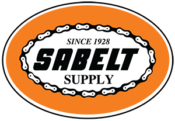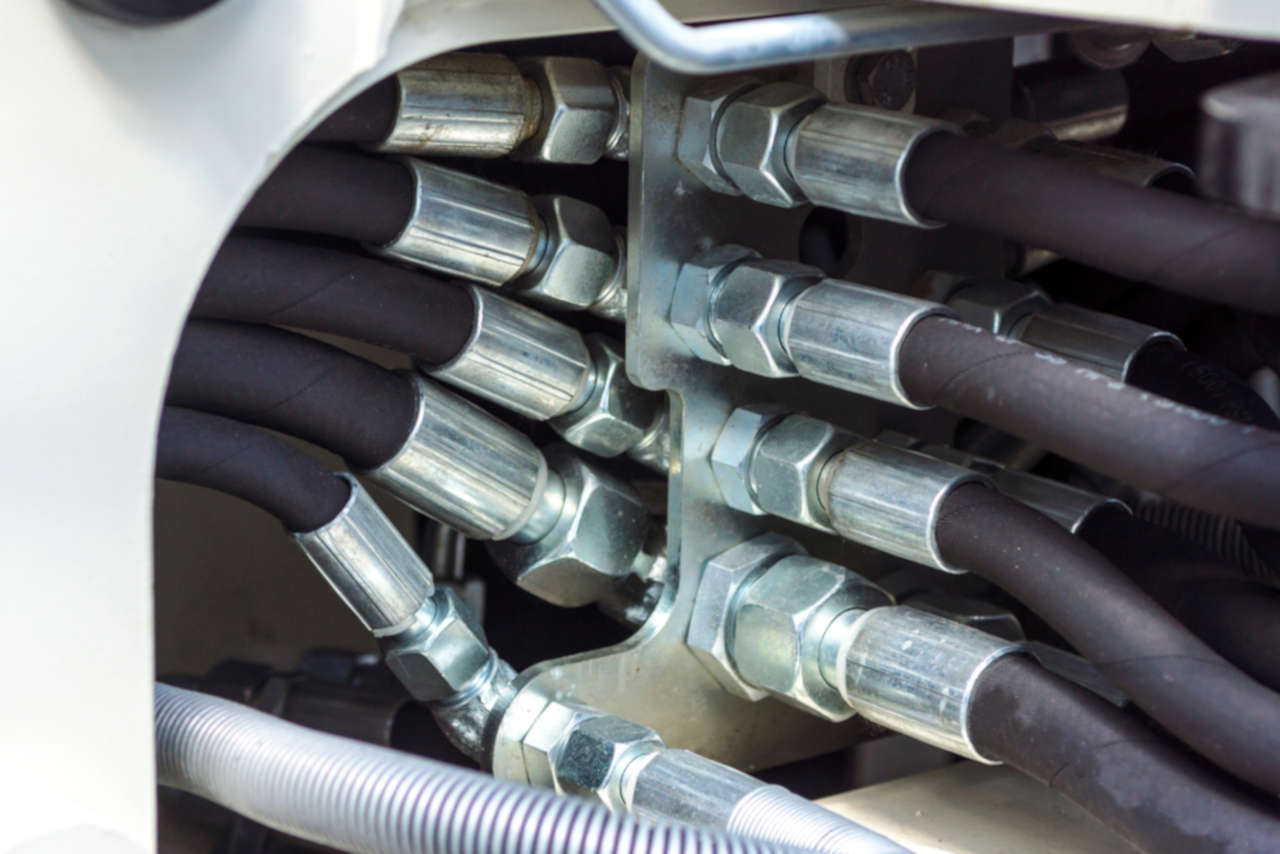Hydraulic hoses
Hydraulic hoses of any type must comply with very strict requirements in order to conform to the pressure levels, loads, and often contorted positions required of them. Few engineering components are required to withstand forces within and be versatile enough to bend or touch at varying angles to conduct heavy-duty functions.
In simple terms, the hydraulic system is one that uses highly pressurized hydraulic fluids to produce mechanical outputs like raising, forging, or stamping. Hydraulics are widely used for backhoes and excavators, aircraft wing flaps, lifting devices such as wheelchair lifts and jacks, and much more.
Standard industrial hoses are not fit for usage in hydraulic systems. Hydraulic hoses, as part of the enclosed system, should be able to withstand average internal pressures of 3000 psi and withstand extreme conditions.
Standards for Hydraulic Hoses
The standard hose consists of three layers. These involve the inner tube, the strengthening of the middle layer, and the protective outer layer.
The material and design used for the inner layer must be tailored to the degree of flexibility needed and the type of fluid to be used. Usually, the inner layer is made of thermoplastic, synthetic rubber, or PTFE material.
The middle layer, which essentially defines the weight, is made of textile braiding or coiled wire that allows flexibility but is strong enough to endure the extreme pressures of the hydraulic system at work. The outer layer is a material that protects against foreign matter, extreme weather, abrasive devices, and sharp objects.
The fittings that connect the hydraulic hose to its destination and source must be sufficient to withstand the intense pressure too.
If you need hydraulic hoses for your industry or business, give us a call now.
Types of hydraulic hose
SAE 100R1 is a high-pressure hose used for petroleum or water-based fluids for general industrial applications, while there are more styles and applications of hoses, the five listed here are a cross-section of common parts, capabilities and uses. The hose is single steel, wire-plated tubing that works at temperatures ranging from-40 ° C to 100 ° C.
Standard High-Pressure Hoses are versatile and are used for the transport of hydraulic oils, mineral, and water-oil emulsions. They are in demand for the oil and mining, agriculture, and construction industries.
Textile-braided and extremely flexible, these low-pressure hoses are used for lighter applications like anti-static supply lines, return lines, and air or lube lines. Low-pressure lines are not ideal for braking or other safety-related purposes.
Steel Wire-Braided Hoses are, whether single or double wire-woven, extremely tough, these hoses are used to move fluids under intense pressures, temperatures, and even vacuum conditions.
Thermoplastic Hydraulic Hoses are useful for lubrication lines, heavy construction, hydraulic lifting equipment, and thermoplastic hoses are abrasion resistant and can work at very low temperatures. Both the outer and inner layers consist of a thermoplastic material, while the middle layer is reinforced with a synthetic fiber mesh.
Choosing the Right Hose
Hydraulic hoses may be at the heart of your service. Breakdowns could be costly. Determining the best for your pressure power, longevity, stability, temperature exposure, abrasion resistance, and material to be carried out typically requires complex engineering considerations.
How does it work
Hydraulic hoses are typically constructed with a few different factors in mind, depending on the device itself being built. Hydraulic hoses are mostly composite, which means that they can be made of several parts divided by joints or even attached to hydraulic tubes.
The use of the hydraulic hose is what defines how it operates. For example, in high-heat applications, hydraulic tubes can be used in combination with hydraulic hoses in conditions where the temperature is highest, as the tubes are more heat resistant and less flexible than the hoses.
Hydraulic Hoses Near Me
Hydraulic hoses are made of layers. The first is the inner tube that contains the gas, and this is typically the most flexible of the three tubes. There is a reinforcing layer outside the inner tube, which usually has some sort of protective mesh or pattern to prevent breakage. Finally, there is a protective outer layer, typically designed to be weatherproof and heat resistant.
Hydraulic hoses exist in a range of types that are designed for various fluids and purposes in mind, whether for large-scale commercial or domestic use.
For your hydraulic hoses needs for your business or home, give us a call so our experts can assess and discuss your options with you. We have been in the industry for more than 90 years, so you can trust that we will exceed your expectations.
Visit one of our Two Locations
San Antonio Belting & Pulley
211 W Cevallos, San Antonio, TX 78204
(210) 225-2671
San Antonio Belting & Pulley
1620 N Hwy 123 Bypass, Seguin, TX 78155
(830) 549-5063





